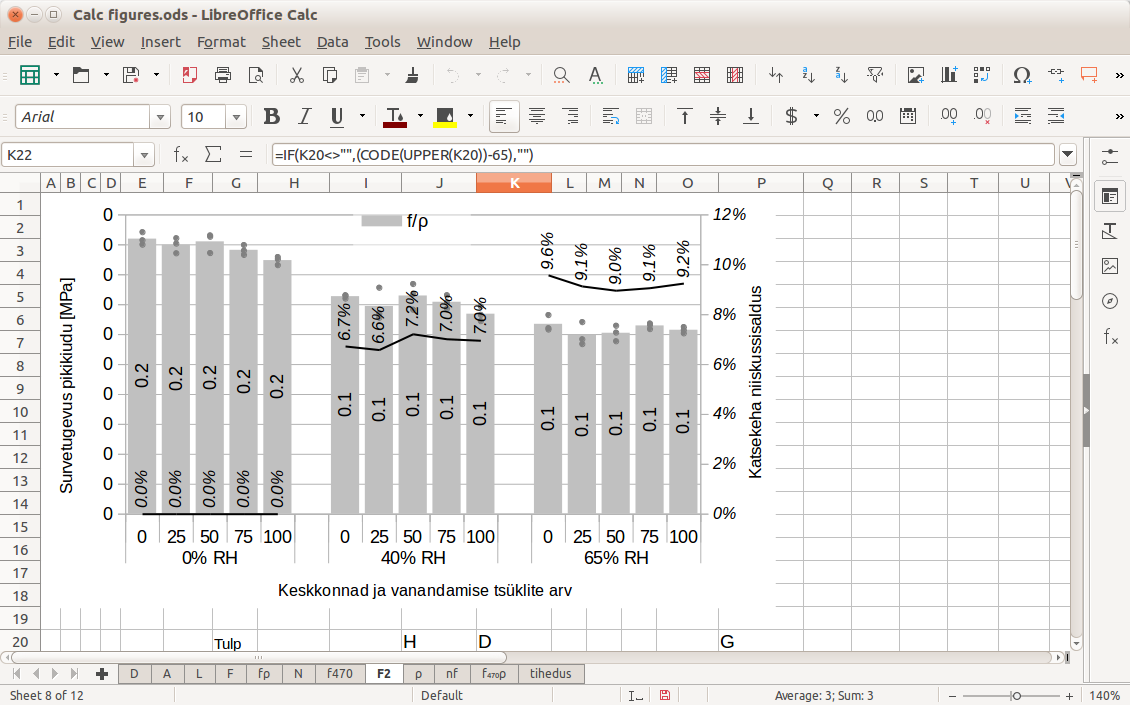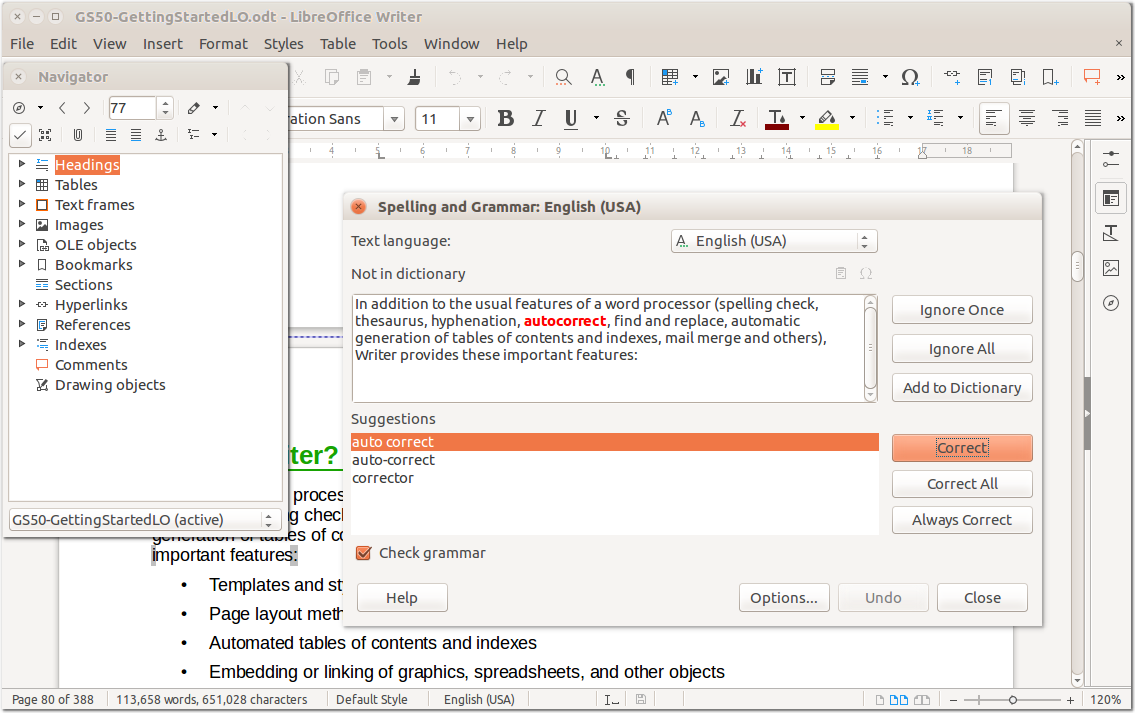

Performs a logical disjunction on two expressions. Performs logical negation on an expression. Returns the minimum of an expression across all records or the minimum of two expressions for each record. Returns the maximum of a single expression across all records or the maximum of two expressions for each record. Returns true if the expression is NULL (does not contain valid data). Returns true if a given string is a valid date. Ĭhecks whether a condition is met, and returns one value if TRUE, another value if FALSE, and an optional third value or NULL if unknown. Returns if it is not null, otherwise returns. Must be placed at the end of an expression. Tests a series of expressions returning the value for the first true. IF > 0 THEN 'Profitable' ELSEIF = 0 THEN 'Breakeven' ELSE 'Loss' END You may want to see which is more performant for your scenario.ĬASE WHEN 'West' THEN 1 WHEN 'East' THEN 2 ELSE 3 ENDĬASE LEFT(DATENAME('weekday',),3) WHEN 'Sun' THEN 0 WHEN 'Mon' THEN 1 WHEN 'Tue' THEN 2 WHEN 'Wed' THEN 3 WHEN 'Thu' THEN 4 WHEN 'Fri' THEN 5 WHEN 'Sat' THEN 6 END


Times you can use a group to get the same results as a complicated CASE function. The CASE function will generally be more concise. Typically, an IF function performs a sequence of arbitrary tests,Īnd a CASE function searches for a match to an expression.īut a CASE function can always be rewritten as an IF function, although CASE versus IF: CASE is often easier to use than IIF or IF THENĮLSE.The values that WHEN IN compare to must be a set, list of literal values, or combined field. If there is no default return andĬASE also supports WHEN IN construction, such asĬASE WHEN IN THEN WHEN IN THEN. When a value that matches expression is encountered, CASE returns the corresponding return value. It to a sequence of values, value1, value2, etc., and returns a result. The CASE function evaluates expression, compares IF (ATTR() = "New Business" AND SUM() > )THEN "Well Performing"Īppropriate values. Performs a logical conjunction on two expressions. The values in can be a set, list of literal values, or combined field. Returns TRUE if any value in matches any value in. SUM(Sales) > 1,000,000 Logical functions available in Tableau: Function The logical calculation might look something like this: For example, you might want to quickly see if sales for each country you distribute your merchandise to were above or below a certain threshold.
:max_bytes(150000):strip_icc()/openoffice-calc-570674c53df78c7d9e983c2e.png)
Logical calculations allow you to determine if a certain condition is true or false (boolean logic). It also demonstrates how to create a logical calculation using an example. This article introduces logical functions and their uses in Tableau.


 0 kommentar(er)
0 kommentar(er)
